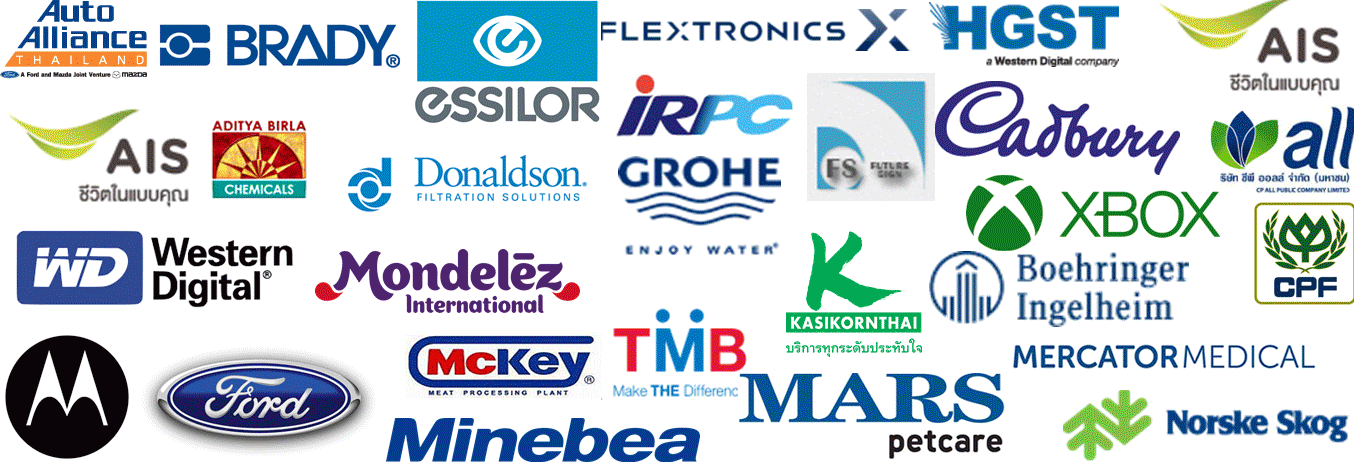|
Six
Sigma is a quality improvement and business strategy
that began in the1980’s at Motorola. Emphasis is on
reducing defects to less than 4 per million, reducing
cycle time with aggressive goals such as 30-50% reduction
per year, and reducing costs to dramatically impact
the bottom line. The statistical and problem solving
tools are similar to other modern day quality improvement
strategies. However, Six Sigma stresses the application
of these tools in a methodical and systematic fashion
to gain knowledge that leads to breakthrough improvements
with dramatic, measurable impact on the bottom line.
The secret ingredient that really makes Six Sigma
work is the infrastructure that is built within the
organization. It is this infrastructure that motivates
and produces a Six Sigma culture or “thought process”
throughout the entire organization. The power of a
Six Sigma approach is best described by proven return-on-investment
(ROI) as shown next from Motorola, AlliedSignal, and
General Electric (GE).
Warning!
Over one-third (33%) of all Six Sigma efforts
fail.
A recent study done by Quality Digest Magazine found
that only 64% of respondents said that Six Sigma has
significantly improved profitability and that many
companies seem to be abandoning Six Sigma after 2-3
years.
Pathetic!
The costs of these failures can run into the millions
for wasted training and teams. Unfortunately, most
companies are using the same, dumb implementation
strategy they used for TQM on Six Sigma! Don't let
your Six Sigma implementation fail.
Traditional
Six Sigma training can take up to four weeks
and between $10,000 - $40,000 for a Blackbelt and
one week and $5,000 or more for a Greenbelt. Since
these are classroom trainings, 90% of this
information will be lost within 48-72 hours. |








